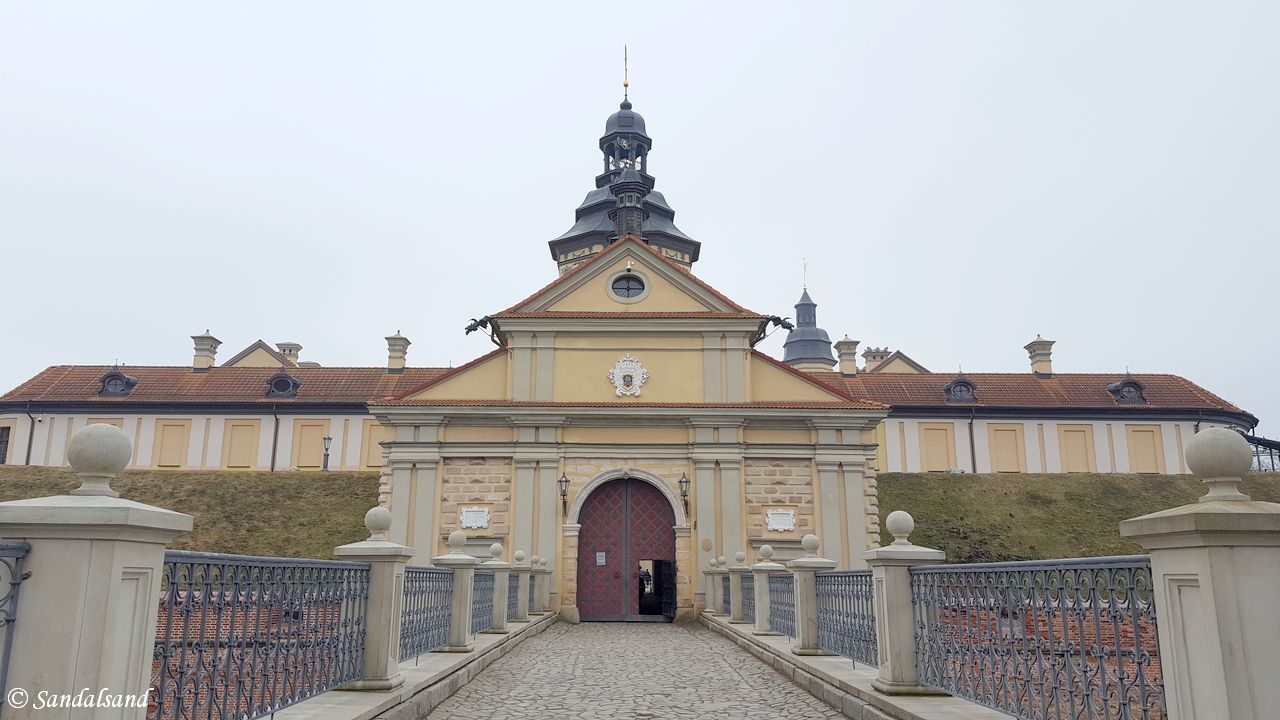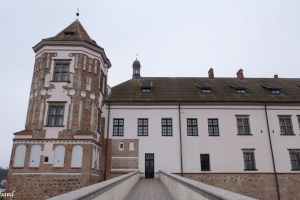This collection of pictures from Belarus is from the capital of Minsk and a couple of World Heritage Sites in the south of the country.
Consult the map page for details and have a look at all Belarus entries. You will find this picture gallery page, two articles from World Heritage Sites and regular travelogues.
Click on the gallery to reveal all pictures from Belarus.
I spent a few days in Minsk, the capital of Belarus and also went on a day excursion to two World Heritage Sites in the middle of the country.
181 Photos
View all photo galleries on Sandalsand.
Fast facts about Belarus
Learn about the country on Wikipedia. Here is an introduction based on it.
Orientation
Belarus, officially the Republic of Belarus, and historically Byelorussia, is a landlocked country in Eastern Europe. It borders Russia to the east and northeast, Ukraine to the south, Poland to the west, and Lithuania and Latvia to the northwest. It covers an area of 207,600 square kilometres and has a population of 9.3 million. Belarus is the 13th-largest and the 20th-most populous country in Europe. The country has seven administrative regions. Minsk is the capital and largest city.
History
Until the 20th century, different states at various times controlled the lands of modern-day Belarus, including Kievan Rus’, the Principality of Polotsk, the Grand Duchy of Lithuania, the Polish–Lithuanian Commonwealth, and the Russian Empire. In the aftermath of the Russian Revolution in 1917, different states arose competing for legitimacy amidst the Civil War, ultimately ending in the rise of the Byelorussian SSR, which became a founding constituent republic of the Soviet Union in 1922.
After the Polish-Soviet War, Belarus lost almost half of its territory to Poland. Much of the borders of Belarus took their modern shape in 1939, when some lands of the Second Polish Republic were reintegrated into it after the Soviet invasion of Poland, and were finalized after World War II. During World War II, military operations devastated Belarus, which lost about a quarter of its population and half of its economic resources. The republic was redeveloped in the post-war years. In 1945, the Byelorussian SSR became a founding member of the United Nations, along with the Soviet Union.
The parliament of the republic proclaimed the sovereignty of Belarus on 27 July 1990. During the dissolution of the Soviet Union, Belarus declared independence on 25 August 1991. Following the adoption of a new constitution in 1994, Alexander Lukashenko was elected Belarus’s first president. This was the country’s first and only free election post-independence. He has served as president ever since.
Lukashenko’s government is authoritarian with a poor human rights record due to widespread human rights abuses. Lukashenko has continued a number of Soviet-era policies, such as state ownership of large sections of the economy. Belarus is the only country in Europe officially using the death penalty. In 2000, Belarus and Russia signed a treaty for greater cooperation, forming the Union State.
Belarus in the world
Belarus is a developing country, ranking 53rd in the Human Development Index. It has been a member of the United Nations since its founding and has joined the CIS, the CSTO, the EAEU, the OSCE, and the Non-Aligned Movement. It has shown no aspirations of joining the European Union. Nevertheless it maintains a bilateral relationship with the bloc and also participates in two EU projects.



